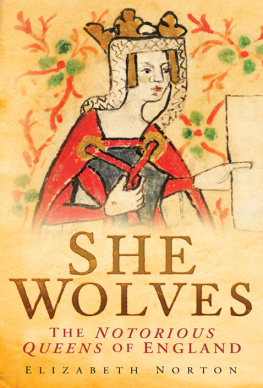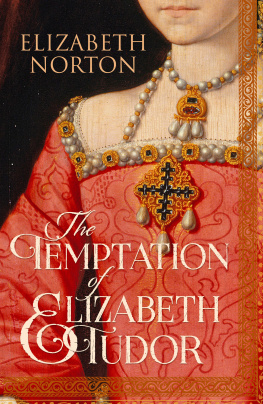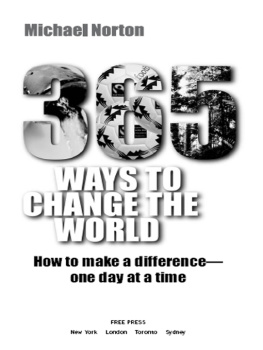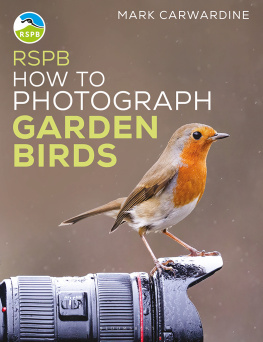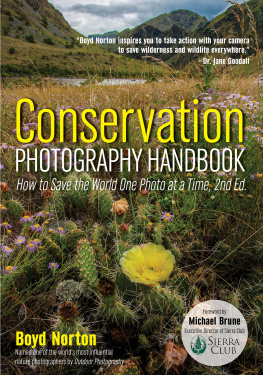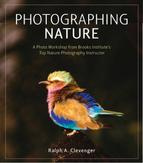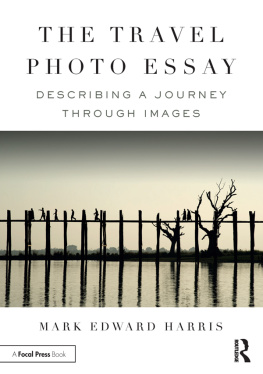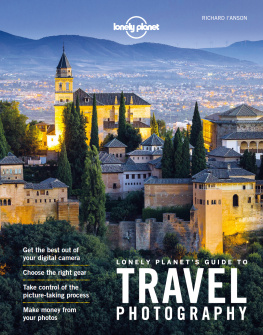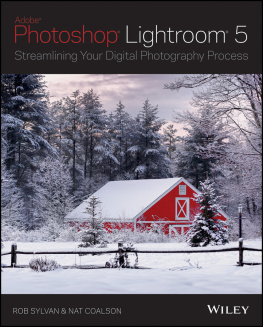
Dedication
To my daughter, Jean Anne Norton, a ray of sunshine in my life and a fine photographer in her own right.
Acknowledgments
First and foremost, my thanks to my wife Barbara for her help and research, both of which were vital to this book. A special thanks goes to the several photographers who very kindly contributed photos and words about their conservation work: Amy Gulick, Alison Jones, Joe Riis, Bob Rozinski, and Wendy Shattil. A big thank you to Alexandra (Alex) Garcia, Executive Director of the International League of Conservation Photographers, and to Odalys Muoz Gonzalez for use of her award-winning polar bear photograph. Id like to thank the folks at Amherst Media, Kate Neaverth, Michelle Perkins, and Craig Alesse, for their faith in the project. Final thanks goes to my agent Peter Beren for his great input in the early stages of the project.
Copyright 2016 by Boyd Norton
All rights reserved.
All photographs by the author unless otherwise noted.
Sierra Club is a registered trademark of the Sierra Club.
Published by:
Amherst Media, Inc., P.O. Box 586, Buffalo, N.Y. 14226, Fax: 716-874-4508
www.AmherstMedia.com
Publisher: Craig Alesse
Senior Editor/Production Manager: Michelle Perkins
Editors: Barbara A. Lynch-Johnt, Harvey Goldstein, Beth Alesse
Associate Publisher: Kate Neaverth
Editorial Assistance from: Carey A. Miller, Sally Jarzab, John S. Loder
Business Manager: Adam Richards
Warehouse and Fulfillment Manager: Roger Singo
ISBN-13: 978-1-60895-987-7
Library of Congress Control Number: 2015944883
10 9 8 7 6 5 4 3 2 1
No part of this publication may be reproduced, stored, or transmitted in any form or by any means, electronic, mechanical, photocopied, recorded or otherwise, without prior written consent from the publisher.
Notice of Disclaimer: The information contained in this book is based on the authors experience and opinions. The author and publisher will not be held liable for the use or misuse of the information in this book.

www.facebook.com/AmherstMediaInc
www.youtube.com/c/AmherstMedia
www.twitter.com/AmherstMedia
Table of Contents
Guide






Photo credit: Jim Griggs.
B oyd Norton likes to describe himself as a recovering nuclear physicist. As a researcher for the Atomic Energy Commission in Idaho, he once blew up a nuclear reactor as a test. While residing in Idaho, he led several successful battles to save threatened wilderness using his photography. For the past four decades, he has been a freelance photographer and writer specializing in global environmental issues. He is the photographer and author of seventeen books, ranging in topics from African elephants to mountain gorillas, and from Siberias Lake Baikal to the Serengeti ecosystem. His past books have won numerous awards and accolades. He is at work on three more books.
In 2015, he was selected as the recipient of the Sierra Clubs prestigious Ansel Adams Award. This award honors an individual who has made superlative use of still photography to further conservation causes over a lifetime. In 2010, he was named One of the 40 most influential nature photographers from around the globe by Outdoor Photography Magazine in Great Britain. In 1980, he received an award from the Environmental Protection Agency, presented by Robert Redford, for his important, exciting environmental photography and writing.

Nortons photographs and articles have appeared in most major magazines, including Time, National Geographic, Smithsonian, Natural History, Outside, The New York Times, Audubon, and many others across North America and Europe.
Throughout his fifty years of photography, writing and environmental activism, he has played a key role in the establishment of several wilderness areas in the Rocky Mountain region, new national parks in Alaska, and in the designation of Siberias Lake Baikal as a World Heritage Site. He has testified before numerous U.S. Senate and House hearings on wilderness and national park legislation. In 1991, he met with Russias Foreign Minister in the Kremlin to lobby for the protection of Lake Baikal.
Norton is currently leading the battle to save the Serengeti ecosystem from proposed damaging developments. He has been documenting the Serengeti for over thirty years, leading photo safaris and on book and magazine assignments.
He is a Charter Fellow of the International League of Conservation Photographers, and a founder and Fellow of the International League of Conservation Writers. He has also served on the Board of Trustees of the Dian Fossey Gorilla Fund.
Boyd describes this book as, a call to action, proving the tools and encouragement to become a conservation photographer and to help you save wilderness and wildlife everywhere.
by Michael Brune, Executive Director, Sierra Club
W hen I first came to the Sierra Club, one fringe benefit I hadnt anticipated was the art. In the hallways, the offices, and the conference rooms hang spectacular photographs (and a few paintings) that not only inspire us daily but also remind us why we come to work. Many of the photographs are the work of past winners of the Ansel Adams Award for Conservation Photography, which the Club has presented annually since 1971. Some of the most spectacular are by Adams himself. We dont make a big deal about them, but perhaps we should. Once during a meeting, a volunteer leader pulled Clearing Winter Storm, Yosemite National Park off the wall so he could tape pages of brainstorming notes from an easel pad to the wall. I suspect that kind of thing doesnt happen at the Philadelphia Museum of Art.
Photography has always been important to the Sierra Club, beginning with our founder. From the beginning, John Muir understood that people would care more about protecting places they had seen. He believed that if everyone in America could experience the mountains and valleys of his beloved Sierra Nevada for themselves, then the conservation battle would be won. Clearly, though, that would be impractical. Fortunately, there was an alternative: Illustrations and photographs (along with Muirs own impassioned prose) could bring the mountains to the people. Little-known fact: Muir himself carried a camera on some of his later travels, though the results were not impressive. As a photographer, he was apparently a very good writer.


